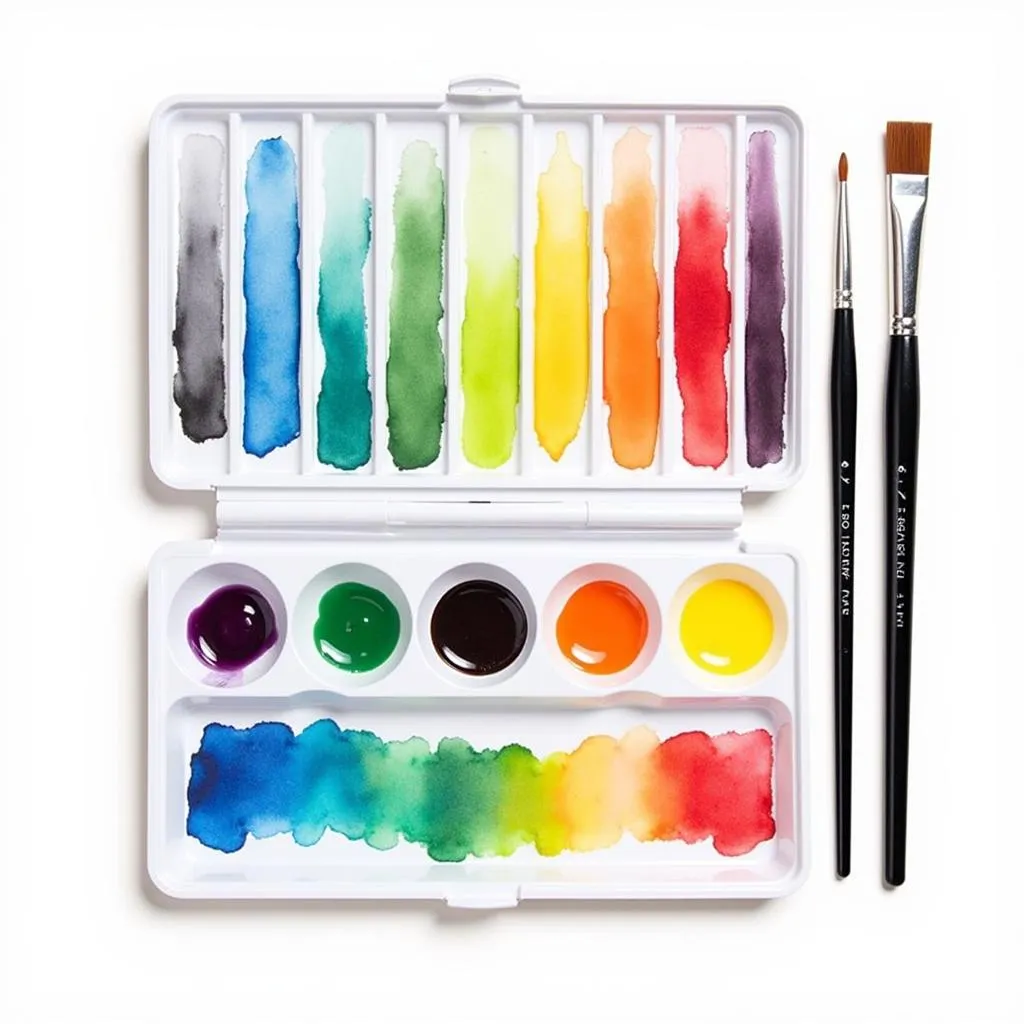Unleashing Creativity: Exploring the World of Montessori Art Activities
Montessori art activities offer a unique approach to fostering creativity and self-expression in children. By embracing a child-centered philosophy and emphasizing hands-on exploration, Montessori art encourages children to explore their artistic potential at their own pace and in their own unique way.
What Makes Montessori Art Activities Special?
Unlike traditional art classes that often focus on replicating models or achieving a specific outcome, Montessori art activities prioritize the process of creation over the final product. Children are encouraged to experiment with different art materials, explore various techniques, and develop their own artistic voice without the pressure of achieving perfection.
The Benefits of Montessori Art Activities
Engaging in Montessori art activities provides numerous benefits for children’s development, nurturing their cognitive, social, emotional, and physical growth.
1. Fostering Creativity and Imagination
Montessori art provides children with the freedom to explore their creativity without limitations. By experimenting with different art materials and techniques, children can tap into their imagination, develop their own artistic style, and express themselves in unique ways.
2. Enhancing Fine Motor Skills
Many Montessori art activities involve the use of tools and materials that help refine fine motor skills. Activities such as bead stringing, clay sculpting, and finger painting strengthen hand-eye coordination, dexterity, and control over small muscle movements.
3. Promoting Problem-Solving Abilities
Montessori art activities often present children with open-ended challenges that encourage problem-solving. For instance, a child presented with a set of colored papers, scissors, and glue will need to figure out how to manipulate these materials to create their desired art piece.
4. Cultivating Independence and Self-Reliance
A core principle of the Montessori approach is fostering independence. In the context of art, children are encouraged to select their own materials, manage their workspace, and clean up after themselves, promoting a sense of responsibility and self-reliance.
5. Nurturing Sensory Exploration
Montessori art activities provide ample opportunities for sensory exploration. Children can engage their senses of touch, sight, and smell through activities such as finger painting with textured paints, exploring the scent of crayons, or feeling the smoothness of clay.
Setting up a Montessori Art Area at Home
Creating a dedicated art space for your child doesn’t require a complete room overhaul. A designated corner in your child’s bedroom or play area can be easily transformed into an inviting art haven.
Essential Elements of a Montessori Art Area:
- Accessibility: Ensure art supplies are within easy reach for your child. Low shelves or trays are ideal for storing and displaying materials.
- Organization: Use clear containers or trays to organize materials by type. This not only makes it easier for children to find what they need but also helps them develop a sense of order.
- Child-Sized Furniture: A child-sized table and chair provide a comfortable and ergonomic workspace.
- Easy-to-Clean Surfaces: Opt for washable tablecloths or placemats to protect surfaces from spills and stains.
Examples of Engaging Montessori Art Activities
The world of Montessori art is brimming with engaging activities that cater to different age groups and interests. Here are a few examples:
- Nature Collage: Collect natural materials such as leaves, twigs, and pebbles to create unique collages.
- Clay Sculpting: Mold and shape clay into imaginative figures or objects.
- Watercolor Painting: Experiment with the fluidity and transparency of watercolors.
- Bead Stringing: Create colorful patterns and designs by stringing beads onto yarn or pipe cleaners.
- Printmaking with Fruits and Vegetables: Cut fruits and vegetables in half and use them as stamps to create interesting prints.
“Allowing children the freedom to explore art materials without the constraints of rigid instructions fosters true creativity,” says Maria Montessori expert, Dr. Sarah Johnson. “It empowers them to become confident and independent learners.”
Conclusion: Nurturing a Lifelong Love of Art
Montessori art activities provide a rich and rewarding avenue for children to express themselves creatively, develop essential skills, and cultivate a lifelong love of art. By embracing the principles of child-centered learning and providing a supportive and stimulating environment, parents and educators can ignite children’s artistic potential and watch their creativity blossom.




